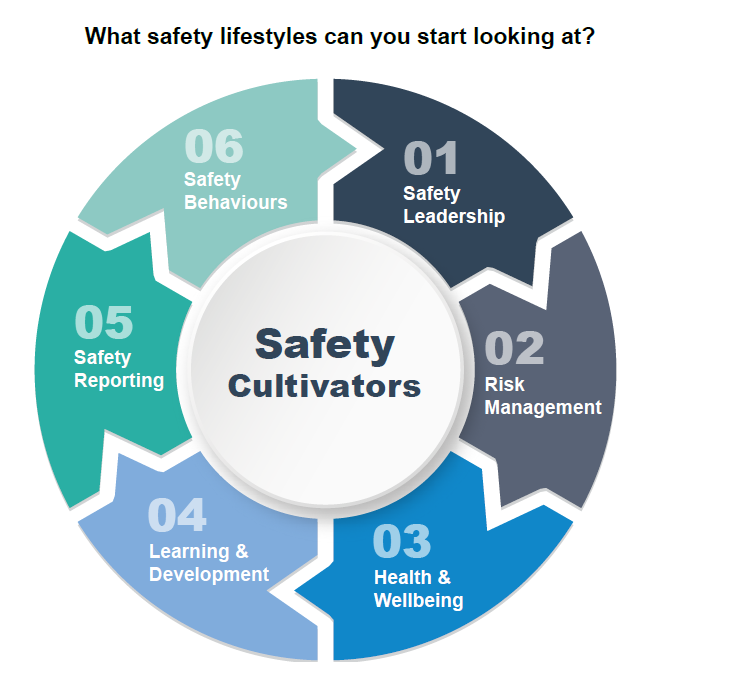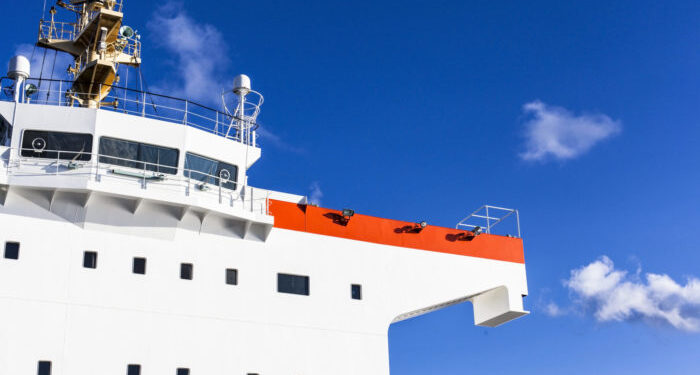Global expert thinking on the SAFETY4SEA SeaSense Column a few months ago showed mixed feelings with respect to the implementation of safety culture within shipping industry; four out of eight experts (50%) provided negative feedback on the question: “Has the industry been successful in implementing safety culture?”. Indeed, a number of recent high profile incidents at sea verifies the accuracy of aforesaid results regarding safety on board and highlights why regulators, classification societies and IMO constantly put emphasis on implementing a successful safety culture.
Wondering what makes people care about working safely? Safety culture does; the term was first used in INSAG’s (1988) ‘Summary Report on the Post-Accident Review Meeting on the Chernobyl Accident’. Since then, a number of definitions of safety culture have been published. Today, safety culture is defined as attitude, beliefs, perceptions or values that employees share with respect to safety in every industry’s workplace. The U.K. Health and Safety Commission developed one of the most commonly used definitions of safety culture:
The product of individual and group values, attitudes, perceptions, competencies, and patterns of behavior that determine the commitment to, and the style and proficiency of, an organization’s health and safety management. Organizations with a positive safety culture are characterized by communications founded on mutual trust, by shared perceptions of the importance of safety and by confidence in the efficacy of preventive measures.
For the shipping industry, safety culture is in the professionalism of seafarers that the safety culture must take root.
IMO mentions. Furthermore the organization has pointed out that in addition to ethical and social responsibilities, shipping operators practise a safety culture because:
- Senior managers that cannot manage safety will be unlikely to manage a profitable shipping company
- A dedicated approach to safety is a cost saving not a cost
- Safety culture provides a means of maximising the benefits and cost savings that can be derived from implementing the ISM Code.
The role of management
Lack of safety culture means lack of training, changing conditions in the workplace, ineffective communication, and cultural inertia and may lead to safety policies and procedures breakdown in an organization. Many studies have stressed the importance of safety-related attitudes and behavior among management. It goes without saying that management’s role for the safety culture is of paramount importance; management has a responsibility to demonstrate the importance of safety culture, remove any obstacles and keep ships and employees safe. Developing safety culture is perhaps the single greatest investment a leader can make in an organization.
Steve Clinch, chief inspector of marine accidents for the Marine Accident Investigation Branch (MAIB), said in a presentation to the UK Chamber of Shipping’s recent Safety Culture at Sea event.
When even the master doesn’t bother to look out of the bridge windows when leaving port, you probably have a problem with your safety culture.
How to effectively implement safety culture
- Understand it: appreciate the concept of safety culture
- Define safety responsibilities : identify policies, goals and plans for the safety culture
- Share organisation’s safety vision: Safety Culture should be everyone’s concern across the organisation.
- Communicate it: Misunderstanding, no information or incorrect information is often a cause for incidents and accidents
- Train, Train, Train: Educate employees on the importance of reporting injuries, first aids and near misses.
- Set targets for continuous improvement, with a goal of zero accidents and ISM Code non-conformities: Safety culture must be nurtured every single day.
- Build trust: Encourage and motivate personnel ashore and afloat: Senior management should show commitment from to safety.
How to measure safety performance
Some vessels show good performance statistics, but they generally have a poor safety culture on board. In order to effectively implement safety culture, it is essential to have the means to monitor its performance. The internationally recognized specialist in resilience engineering and safety thinking, Erik Hollnagel, has presented the Safety I vs Safety II model. According to the first one, we learn from our errors, safety defined by absence and not the presence of a thing; it is a reactive approach which helps understand what goes wrong, the accident causation and avoid errors to reduce losses. At the other end of the spectrum, in Safety II is a proactive Approach according to which we learn from our successes. Safety is defined by presence; we understand what goes right and repeat it to enforce successful behaviours and develop the ability to create new process on them. The key player behind Safety II is resilience; progressing despite adversity. In other words, operators need to have a goal orientation and be both pragmatic and proactive.
Furthermore, the Safety Management System (SMS) is an important aspect of the International safety management (ISM) code and it details all the important policies, practices, and procedures that are to be followed in order to ensure safe functioning of ships at the sea. Indeed, there are four Key Performance Indicators (KPIs) to handle deficiencies and demonstrate SMS Resilience:
- The number of deficiencies per ship per annum
The average deficiencies per ship over a twelve months period reflects the transparency of the SMS in terms of registration of both internal & external sources of improvement. The bigger the number, the more chances that improvements will be effected.
- Average days to close out deficiencies
The average time to close our all deficiencies identified within the last 12 months reflects the promptness of actions. The percentage of the above deficiencies that have been closed out within the same day may be identified as a KPI! The bigger the number the chances are that the organization is not addressing problems in due time.
- Percentage of audits with zero non-conformities (NCR)
Internal Audits (IA) with 0 NCR reflect the actual work onboard ships. Specifically, a zero or a small percentage number indicates excellent work, while a vast number indicates that the IA work was not properly reflecting the actual operations onboard ships. In the case of 0 NCR we need three prerequisites; an extended checklist (against hrs. to complete the audit), auditor experience & training (against 0 % NCR Audits on his track record) and extended evidence (photos/videos) to demonstrate excellent condition of the ship.
- Percentage of own against the TTL deficiencies
The percentage of the operator’s deficiencies against the total deficiencies reflects the transparency of the SMS in terms of registration of both internal & external sources of improvement. The bigger the number the more chances that improvements will be effected.
During the last SAFETY4SEA Conference, Mr. Erik Green, CEO, Green-Jakobsen A/S focused on meeting the requirements of safety excellence through building resilient safety cultures, suggesting the following lifestyles shown on board, also called “cultivators”, for evaluation and assessment. (see image below) ‘’It is the crew’s safety lifestyle that we need to look at and they need to be the ones to assess actual performance’’ highlighted Mr. Green.

In general, improving safety performance is about improving collaboration. Thus, shipping industry could learn from the aviation industry where transformation towards a more collaborative and open culture started many years ago by implementing what is called ‘threat and error management’. Certainly, there are various kinds of accidents; from injury fatality, fire explosions and weather damages, to environmental or machinery incidents, groundings and collisions. However, change in culture may bring better levels of motivation, staff retention and a more positive team spirit in order to eliminate risk at sea.
We want to hear from you! How is your organisation approaching safety culture?
Share your comments below




























































